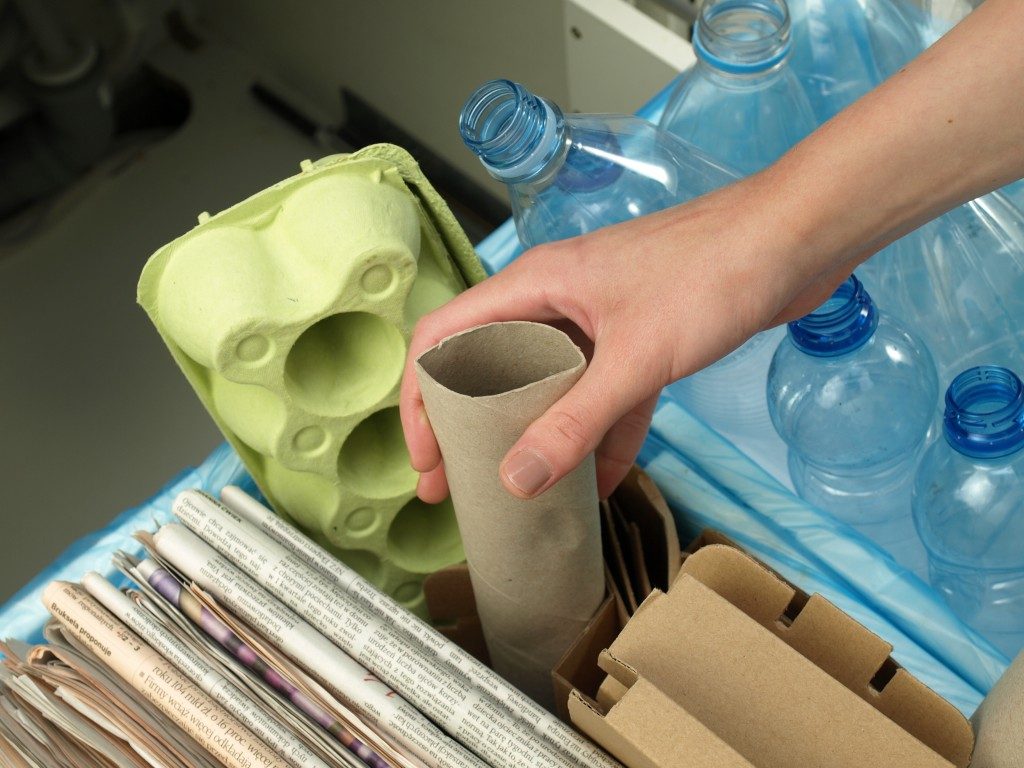One of the industries that have seen a significant boost with the push towards eco-conservation is the recycling sector. More and more localities are depositing their waste at recycling plants rather than landfills. This option has driven down the costs of producing new products and reduced the effects of mining on the environment. Even with all these benefits and the promise of extra cash from selling recyclable products, some people are apprehensive about buying recycled products.
This apprehension might not seem like much but has led to the closure of some metal and plastic recycling companies owing to the decreased market for their products. Most people site the lack of confidence in the separation of the recyclable materials from toxic elements. They assume that recycled items will often contain some traces of other products that might be harmful. They would thus rather invest in expensive products made of 100% virgin materials. This should not be a concern since recycling plants employ several separation techniques for the waste they receive to minimize the odds of mixing waste. The following are among the separation methods the companies will use.
Trommel Screening
This technique will use trommel or drum screeners. These are sifting units that will be rotated while recyclable materials are deposited into them. The trommels screens are large rotary drums that have grate-like surfaces with large end openings. These openings will separate coarse materials from bulk ones. At the end of trommel screening, you will have coarse plastics, organic materials, and paper separated from fine materials.
Spiral Air Flow Action
This technique uses air classifiers, cyclones, or cones for the separation of recyclable materials. The materials will be accelerated within a chamber where an upward air current will lift light items like plastics and paper out. Heavier elements like stones will be allowed to fall into a skip below. Spiral air flow action is thus commonly used to separate plastic and paper from metal items.
Magnetic Separation
 This will use powerful magnetic fields for the separation of metallic recyclable items including those made of ferrosilicon, ferromagnetic materials, steel and iron from non-magnetic ones. The magnetic field used for the separation, in this case, will be generated by electromagnets or permanent magnets. Metal items will stick to a magnetic band while non-magnetic items will be dropped into a skip.
This will use powerful magnetic fields for the separation of metallic recyclable items including those made of ferrosilicon, ferromagnetic materials, steel and iron from non-magnetic ones. The magnetic field used for the separation, in this case, will be generated by electromagnets or permanent magnets. Metal items will stick to a magnetic band while non-magnetic items will be dropped into a skip.
Optical Air-Jet Sorting
This marks one of the latest innovations for separating items in the recycling industry. Optical air-jet sorters use cameras that detect predetermined items, including film, bottles, and metals. As the materials pass through optical air-jet sorters, accurately positioned and timed air-jets will propel selected items upwards and off a conveyor belt. Other than material separation, optical air-jet sorting can be used to separate different types of plastics.
With the above techniques, you are now sure that the recycled product you are getting form stores has no contaminants. After the separation, the recycling plant will also pass the materials through several machines that will rid it of all contaminants and make it safe for re-use. Even when you have played a part in recycling by submitting items, you can do more. Buying products made from recycled materials guarantee a market for recycling.

